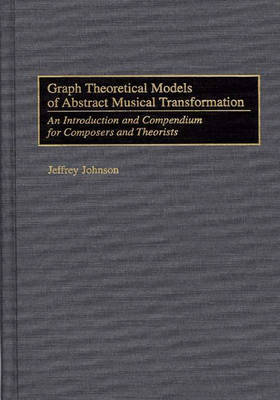Music Reference Collection
1 total work
Graph Theoretical Models of Abstract Musical Transformation
by Jeffrey Johnson
An introduction to a new way of modeling musical surfaces for theorists and for generating precompositional relationships for composers, this unique music theory reference work introduces, classifies, and enumerates graph theoretical models for musical transformations in compositional and analytical applications. It also provides a practical application of musical applications for students of graph theory and could serve as an introduction to the further cross-integration of these two disciplines. Of interest to scholars, advanced music theory students, and composers, this work endeavors to facilitate the expression and understanding of musical ideas by presenting an unexplored way of notating relationships between transformational objects that is not attached to specific compositional or analytical systems.
Graph theoretical models of abstract musical transformations supplement and refine the ability to articulate orderings with pitch structures in analytical environments. An extended analysis of the opening section of Form IV: Broken Sequences by Stefan Wolpe is used as a demonstration. The use of these diagrams to generate compositional surfaces differs slightly from their use in analysis: an analytical model relates to a single musical surface, whereas compositional applications can be used to generate any potential surface derived from construction of the graphs.
